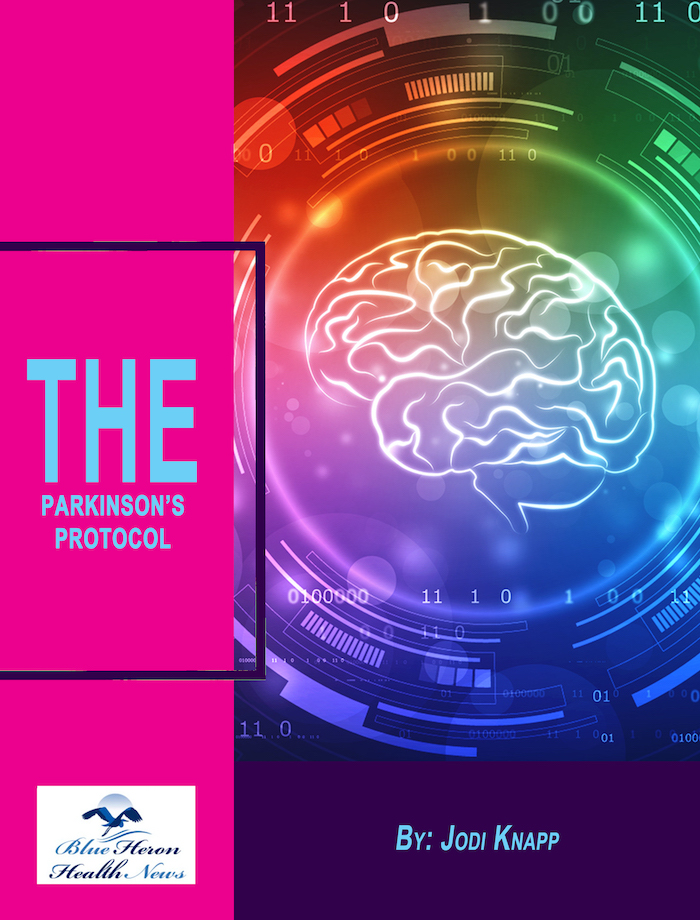
The Parkinson’s Protocol™ By Jodi Knapp Parkinson’s disease cannot be eliminated completely but its symptoms can be reduced, damages can be repaired and its progression can be delayed considerably by using various simple and natural things. In this eBook, a natural program to treat Parkinson’s disease is provided online. it includes 12 easy steps to repair your body and reduce the symptoms of this disease.
What are the early signs and symptoms of Parkinson’s disease?
Introduction
Parkinson’s disease (PD) is a progressive neurodegenerative disorder characterized by a range of motor and non-motor symptoms. Early detection of Parkinson’s disease can significantly improve the management and quality of life for individuals affected by this condition. This comprehensive analysis explores the early signs and symptoms of Parkinson’s disease, supported by clinical research and expert opinions.
1. Motor Symptoms
Tremors
One of the most recognizable early signs of Parkinson’s disease is a tremor, often starting in a single hand. This tremor is usually a resting tremor, meaning it occurs when the hand is at rest and decreases with intentional movement. The tremor often manifests as a “pill-rolling” motion between the thumb and index finger (RACGP) (NutsForLife).
Bradykinesia
Bradykinesia, or slowness of movement, is another hallmark of early Parkinson’s disease. This symptom can make simple tasks difficult and time-consuming. Individuals may notice a reduction in spontaneous movements, such as blinking or facial expressions, and a general slowing down of physical activities (NutsForLife) (GESA).
Rigidity
Muscle stiffness or rigidity often occurs in the limbs and trunk, leading to discomfort and limited range of motion. Rigidity can affect any part of the body and is often accompanied by muscle pain and cramps (NutsForLife) (Frontiers).
Postural Instability
Balance problems and postural instability are common early signs of Parkinson’s disease. Individuals may experience unsteadiness, difficulty standing up from a seated position, or a tendency to fall. These issues are often more pronounced as the disease progresses but can appear early in the disease course (GESA) (Frontiers).
2. Non-Motor Symptoms
Cognitive Impairment
Mild cognitive impairment is often one of the early non-motor symptoms of Parkinson’s disease. This can include difficulties with memory, attention, and problem-solving. While cognitive decline is more common in the later stages, early signs can be subtle and affect daily functioning (RACGP) (Frontiers).
Mood Disorders
Depression and anxiety are frequent early non-motor symptoms of Parkinson’s disease. These mood disorders can precede the onset of motor symptoms and significantly impact the quality of life. Individuals may experience feelings of sadness, hopelessness, or excessive worry (NutsForLife) (GESA).
Sleep Disturbances
Sleep disturbances are common in early Parkinson’s disease and can include insomnia, restless leg syndrome, and REM sleep behavior disorder (RBD). RBD, characterized by acting out dreams due to a lack of normal muscle paralysis during REM sleep, is particularly associated with Parkinson’s disease (GESA) (Frontiers).
Autonomic Dysfunction
Early signs of autonomic dysfunction in Parkinson’s disease include constipation, urinary urgency or incontinence, and orthostatic hypotension (a drop in blood pressure upon standing). These symptoms result from the degeneration of autonomic nervous system pathways (RACGP) (NutsForLife).
Sensory Symptoms
Sensory disturbances, such as a reduced sense of smell (hyposmia), can be an early indicator of Parkinson’s disease. Many individuals report a diminished ability to detect or distinguish odors years before the onset of motor symptoms (NutsForLife) (Frontiers).
3. Other Early Indicators
Facial Masking
Facial masking, or hypomimia, refers to reduced facial expressiveness. This symptom is caused by bradykinesia affecting the facial muscles, leading to a “masked” or less animated facial appearance. It is often one of the first signs noticed by family and friends (NutsForLife) (Frontiers).
Handwriting Changes
Micrographia, a change in handwriting characterized by smaller and cramped letters, is a common early sign of Parkinson’s disease. Individuals may notice that their handwriting becomes progressively smaller and harder to read (GESA) (Frontiers).
Voice Changes
Voice changes, including a softer or more monotone voice (hypophonia), can occur early in Parkinson’s disease. Individuals may find it difficult to project their voice or may speak more softly than usual (RACGP) (GESA).
4. Diagnosis and Early Detection
Clinical Evaluation
Diagnosing Parkinson’s disease in its early stages can be challenging due to the subtlety and variability of symptoms. A comprehensive clinical evaluation by a neurologist, including a detailed medical history and neurological examination, is crucial for early diagnosis (RACGP) (NutsForLife).
Imaging and Biomarkers
While no definitive test exists for Parkinson’s disease, imaging studies such as DaTscan (dopamine transporter scan) can support the diagnosis by showing reduced dopamine activity in the brain. Research is ongoing to identify biomarkers in blood, cerebrospinal fluid, and imaging studies that can aid in early detection (GESA) (Frontiers).
5. Importance of Early Detection
Treatment and Management
Early detection of Parkinson’s disease allows for timely intervention, which can improve symptom management and slow disease progression. Medications, such as levodopa and dopamine agonists, are more effective when started early. Additionally, non-pharmacological treatments, including physical therapy and lifestyle modifications, can help maintain function and quality of life (RACGP) (GESA).
Research and Advances
Ongoing research into the early signs and symptoms of Parkinson’s disease aims to develop better diagnostic tools and treatments. Advances in understanding the genetic and molecular mechanisms of the disease hold promise for new therapeutic strategies and potential disease-modifying treatments (NutsForLife) (Frontiers).
Conclusion
Recognizing the early signs and symptoms of Parkinson’s disease is crucial for timely diagnosis and effective management. Motor symptoms such as tremors, bradykinesia, rigidity, and postural instability, along with non-motor symptoms like cognitive impairment, mood disorders, sleep disturbances, and autonomic dysfunction, can provide valuable clues for early detection. Awareness of these early indicators among healthcare professionals and the general public can lead to improved outcomes for individuals with Parkinson’s disease.
References
- Australian Bureau of Statistics (ABS), “National Health Survey: First Results, 2017-18,” ABS Website
- Parkinson’s Australia, “Parkinson’s Disease Statistics,” Parkinson’s Australia Website
- Mayo Clinic, “Parkinson’s Disease – Symptoms and Causes,” Mayo Clinic Website
- National Institute of Neurological Disorders and Stroke (NINDS), “Parkinson’s Disease Information Page,” NINDS Website
- Lancet Neurology, “Parkinson’s Disease: Mechanisms, Diagnosis, and Management,” Lancet Neurology Website

The Parkinson’s Protocol™ By Jodi Knapp Parkinson’s disease cannot be eliminated completely but its symptoms can be reduced, damages can be repaired and its progression can be delayed considerably by using various simple and natural things. In this eBook, a natural program to treat Parkinson’s disease is provided online. it includes 12 easy steps to repair your body and reduce the symptoms of this disease.